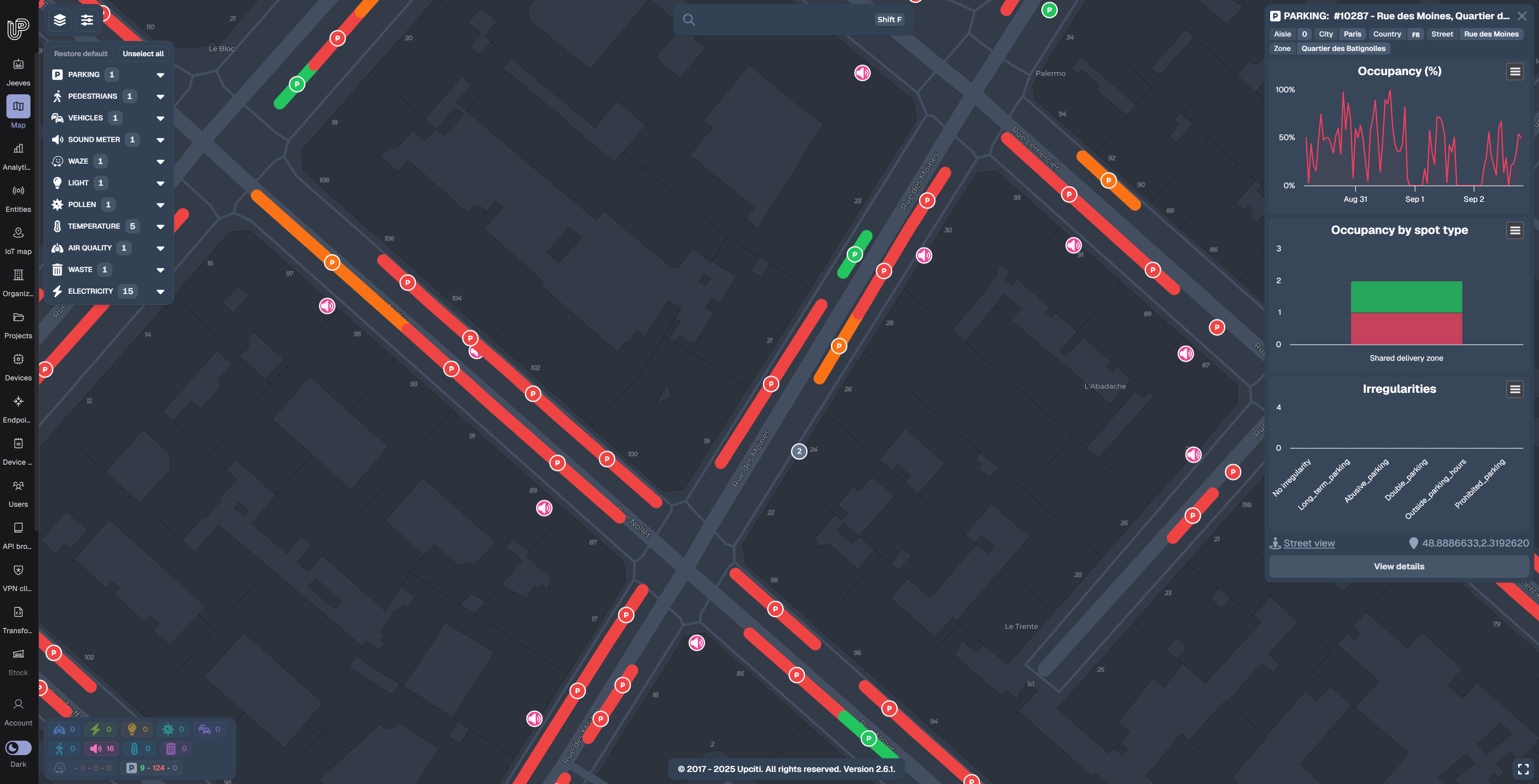Segmentation and Customer Lifecycle Management in Customer Success, with Dan Steinman
.png)

Segmentation and Customer Lifecycle Management in Customer Success, with Dan Steinman
In this second of our foundational customer success series with Dan Steinman we are taking a closer look at segmentation and customer life cycle management. As a reminder in the first in the series, which you can read here, we talked about the six foundational fundamentals of Customer Success.
- Onboarding
- Segmentation
- Lifecycle Management
- Data-Driven Proactivity
- Institutional Knowledge
- Health Scoring
Segmentation
Segmentation is a bit of a necessary evil for Customer Success teams. Most teams would prefer to not segment their customers but give them all a high-touch experience. After all, all customers want the same thing, the very best service possible. Unfortunately, we are running businesses that have to be financially viable so treating all customers alike is not an option. The keys to a good segmentation strategy are:
- Don’t segment too early – your first 20 customers should be treated like gold regardless of their contract value
- Don’t overcomplicate your segmentation criteria. The most common variables are:
- ARR – how much are they paying you
- Opportunity – how much could they be paying you
- Try hard not to change your segmentation criteria very often
Segmentation has a purpose. And the purpose is to set the stage for creating a lifecycle journey for every customer, based on their segment. This is called Lifecycle Management. Which we will discuss next. It's worth emphasising that automation and self-serve are important for customers of all sizes, and while you may only be able to offer your smaller customers a self-serve and online experience, that will also be beneficial for your very best customers.
Lifecycle Management
Simply put, Lifecycle Management is the creation of a journey for every customer that will lead to the desired outcome for that customer. But remember you are running a business so there are limits on the kind of journey you can afford to execute for each customer. That’s why you must do the segmentation exercise.
From our experience, most companies use a 3-tiered model and build a different journey for each of the tiers.

A typical customer journey consists of two parts:
- Date-driven Interactions – these are events you can put on a calendar like monthly meetings or quarterly business reviews.
- Data-driven Interactions – these are events driven by data points (low NPS score) or data trends (20% usage dropoff).
Every customer should be taken on a prescribed journey consisting of these two parts. Consistency is key because this journey becomes your business model driving both cost (headcount required) and revenue (retention rates).
Dan is adamant that getting Segmentation and Lifecycle Management right is crucial to long-term success: “If you don’t do these, you are running your business blind and will get tossed about by every storm that comes your way. It is also the best way to set your Customer Success Managers up for success.”
Here are some links that might be useful:










